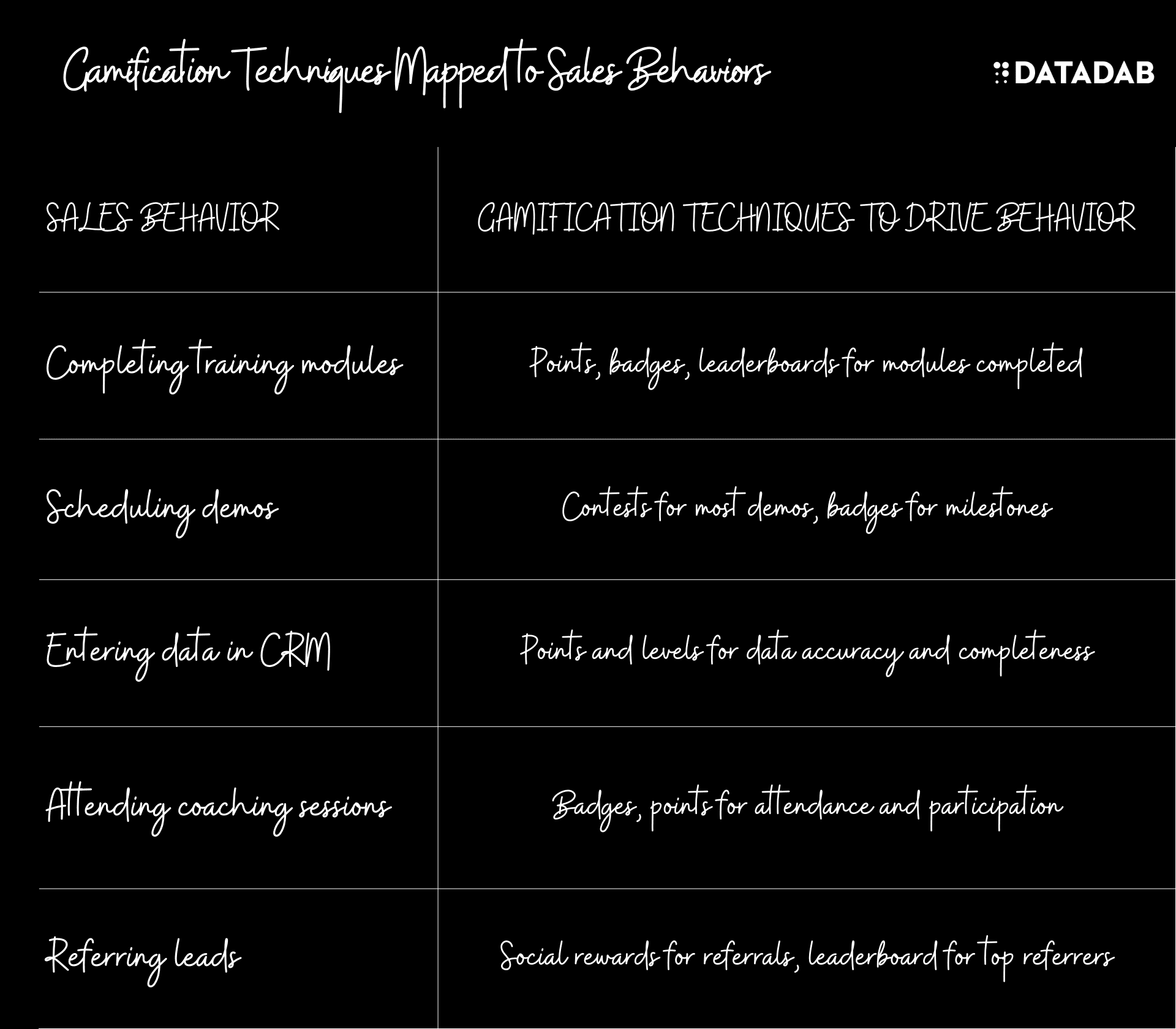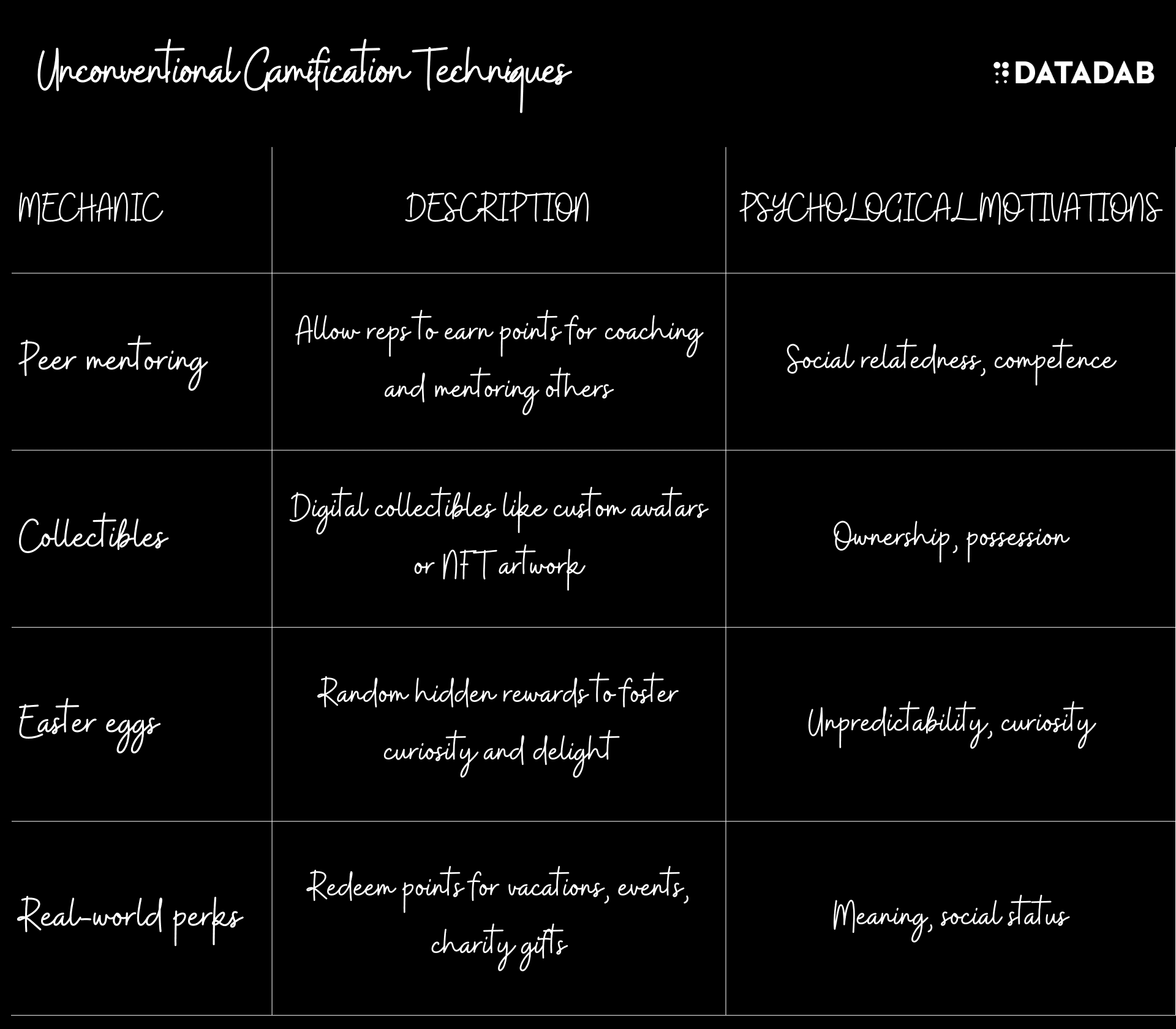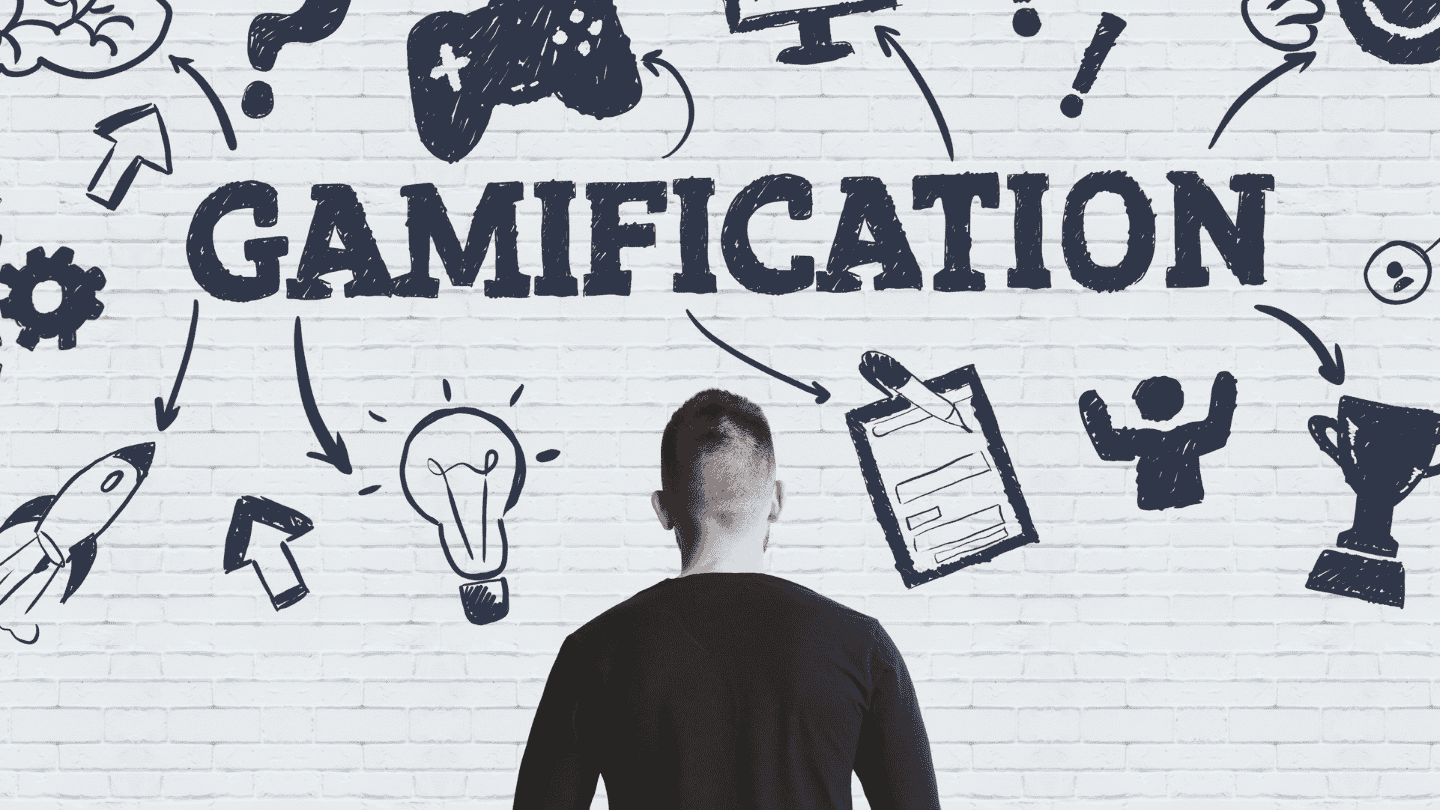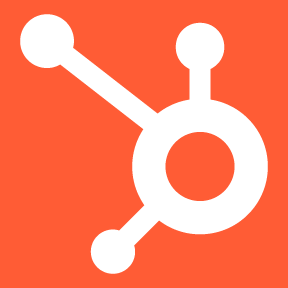"Gamification is human motivation applied to non-game contexts."
As a marketer for a sales enablement software company, driving user adoption and engagement is critical to your platform's success. Gamification can be a powerful tactic to motivate sales teams to fully utilize your solution.
This essay explores how you can leverage gamification mechanics in your platform and messaging to boost engagement, drive adoption, and ultimately showcase the value of your software.
Tap into the Competitive Sales Culture
Sales teams thrive on competition - to close deals, hit quotas, and top the leaderboard. Gamification taps directly into this motivation by introducing points, levels, badges, contests, rewards, and prestige.
For salespeople, playing the game and winning awards becomes a substitute for monetary compensation and external rewards. Your platform becomes more compelling if you make enablement activities like learning, coaching, and sharing best practices part of an engaging contest.
Gamification provides intrinsic motivation that pure incentives cannot match. Sales reps will invest more time and effort if they see enablement activities as achievements that build their status - not just directives from management.
Make Your Platform Fun and Habit-Forming
Well-executed gamification makes using your platform entertaining and habit-forming. Features like collecting badges, filling progress bars, and climbing ranks give reps micro-wins that trigger dopamine hits.
Giving reps the ability to showcase achievements like reward trophies and leaderboard rankings also enables social recognition and influence.
This creates positive reinforcement loops that continually nudge users back into your solution. Make engagement addictive!
Showcase How Gamification Drives Results
While fun is great, results matter more. Your marketing must demonstrate how gamification increases sales enablement and downstream business impact.
Showcase client examples and data that prove how gamification:
- Increases platform engagement and adoption
- Motivates coaching, learning, and collaboration
- Translates enablement activities into sales behaviors
- Ultimately drives higher win rates, deal sizes, and quota attainment
Build a rock-solid case for how gamification creates value - don't let it be dismissed as just gimmicky badges.

Align Gamification to Sales Processes
Effective gamification reflects how sales teams actually work. Make it easy for managers to align gaming mechanics to their specific sales methodologies, workflows, and incentive plans.
Reps should be able to earn status, points, and rewards for activities that matter - like calls, demos, account progression and closes.
Integrate with systems like CRM and dialers to reward behaviors automatically. Data integration illustrates the business value you provide.
Tap into Sales Psychology
Sales pros are strongly motivated by achievement, recognition, and competition. Your gamification features should appeal to these core drives:
- Mastery - Progress bars, levels, challenges
- Social approval - Leaderboards, badges, social sharing
- Autonomy - User-defined goals, creating content
- Rewards - Points, redeemable incentives
- Meaning - Connect contests to company values
Blend these motivational elements into an engaging experience. Gamification is psychology applied!

Consider Unconventional Mechanics
Points, badges, and leaderboards are common but you can get creative. Some examples:
- User-generated content and avatars
- Peer coaching and mentoring mechanics
- Collectible rewards like virtual goods or NFTs
- Random rewards and Easter eggs to spark curiosity
- Real-world perks like vacation days for top performers
Unique mechanics can differentiate your solution and generate buzz.
Promote What Makes Your Gamification Special
Simply having gamification isn't enough - you need to market what makes yours better. Some potential differentiators:
- Flexible rules engine to customize challenges and badges
- Social features like teams, battles, and social walls
- Real-time sync with CRM and other sales systems
- Advanced analytics to optimize and prove ROI
- Creative rewards like virtual goods, NFTs, trips, events access
- Mobile-first and UI designed to be visually engaging
Find what makes your gamification stand out and promote that aggressively in messaging and campaigns.
Tap into Gamification Insights
Your gamification platform gives you valuable insights into what engages users. Use this data!
- Determine most popular mechanics that drive adoption
- Identify trends around competition and achievement
- Correlate behaviors driven by gamification to downstream sales results
- Continually optimize challenges and rewards based on data and feedback
Analytics enable you to showcase ROI and improve your solution.
Conclusion
Gamification gives you immense opportunities as a sales enablement marketer. It can drive platform stickiness, showcase value, and give you a competitive edge.
Make gamification core to your platform and messaging. Demonstrate how it provides intrinsic motivation that incentivizes enablement behaviors which translate to revenue.
Align gaming features to sales workflows. Study sales psychology to drive engagement. Promote the uniqueness of your solution. And quantify how gamification impacts sales performance.
Done right, you have an invaluable tool to promote user adoption, showcase ROI, and make your sales enablement solution fun, motivational, and ultimately indispensable.
FAQ
What is gamification and how does it motivate sales teams?
Gamification refers to applying game design elements like points, badges, leaderboards, and contests to drive engagement with sales processes and tools. It taps into the innate human drives for achievement, mastery, status, and competition. Gamification incentivizes salespeople to adopt tools and desired behaviors by making enablement activities more fun and rewarding.
Well-designed gamification schemes align challenges and rewards to key sales activities like calls, demos, and deal progression. Getting salespeople intrinsically invested in the experience motivates them to fully utilize enablement software.
How does gamification drive better sales behaviors?
Gamification focuses user activity on high-value actions by connecting points and rewards to those behaviors. For example, salespeople can earn badges and leaderboard rankings for scheduling demos, contacting leads promptly, or capturing robust data in CRM.
This incentives sales reps to turn software adoption into habitual behaviors that translate to results. Gamification also introduces an element of fun and friendly competition that makes repetitive tasks more engaging.
What game mechanics work best to motivate sales teams?
Points, levels, challenges or quests, social leaderboards, and badges that recognize milestone achievements. These status indicators and feedback loops satisfysalespeople’s competitive natures and needs for achievement.
Contests layered on top of these foundational mechanics introduce time-based goals and excitement. Real or virtual rewards in exchange for achievements also work for salespeople motivated by incentives and recognition.
How should gamification features integrate into sales technology platforms?
Gamification needs to be embedded in the actual workflows like CRM and sales cadences - not as a separate program. For example, completing an activity in a CRM could automatically award badges or points towards a contest. Data integration ensures gamification directly reflects sales processes.
Gamification platforms should also provide enough flexibility for managers to customize challenges, badges, and rewards to their sales methodology and culture.
What risks should be managed with sales gamification?
The risks of poorly executed gamification include lack of adoption, undermining intrinsic motivation, encouraging unethical behavior, and ignoring real performance problems.
To mitigate these risks, participation should be voluntary, mechanics should focus on business value not just entertainment, and analytics should validate impact. Transparency and company culture is key to avoid gaming the system.
What are some examples of creative or unconventional gamification mechanics?
- Collectible rewards like custom avatars, virtual goods, or NFT achievements
- Random rewards, Easter eggs, and surprise mechanics to spark curiosity
- Peer-to-peer features like points for mentoring and coaching others
- Real-world perks like gift cards, event tickets or vacations for top performers
- User-generated content features like sales leaderboards curated by reps
Fun surprises that break up monotony and cultivate social connections work well for sales teams.
How should gamification software vendors market their capabilities?
Effective gamification marketing shows how gaming mechanics drive adoption, engagement, and sales performance - not just provide entertainment.
Case studies should detail how gamification changed behaviors and boosted KPIs. Messaging should focus on how mechanics map to sales processes and visualize ROI.
Promote the uniqueness of your solutions - whether socially-driven features, seamless CRM integrations, or analytics dashboards to optimize contests.
What data should be tracked to measure gamification success?
Platform adoption, active usage rates, achievement rates, and participation levels are good leading indicators. These should be tied to downstream sales results like training completion rates, sales activities completed, win rates, deal sizes, quota attainment and ramp time.
Ideally data is benchmarked before and after the introduction of gamification to quantify impact. Longitudinal analysis determines if engagement remains stable or drops over time.
How can gamification platforms be continually refined and optimized?
In-app feedback mechanisms allow collects insights from users on most effective and engaging features. Sales ops leaders should be continually surveyed on suggested improvements.
Analytics expose usage trends and participation levels by game mechanic that can influence future investments. Dashboards also support correlating adoption to business KPIs.
Gamification is not one-size-fits all so platforms should facilitate controlled tests of new mechanics with different user segments.
What are some best practices when implementing sales gamification?
- Get sales leadership buy-in before activating gamification
- Start small and grow program based on feedback and results
- Focus on voluntary extra rewards, not compensating for inadequate pay
- Align gamification KPIs to company’s overall sales strategy
- Avoid punishing gamification like job security tied to rankings
- Ensure transparency in points and rules to avoid confusion
- Provide toolkits and training for managers on gamification best practices
- Continually refresh mechanics to sustain engagement long-term







